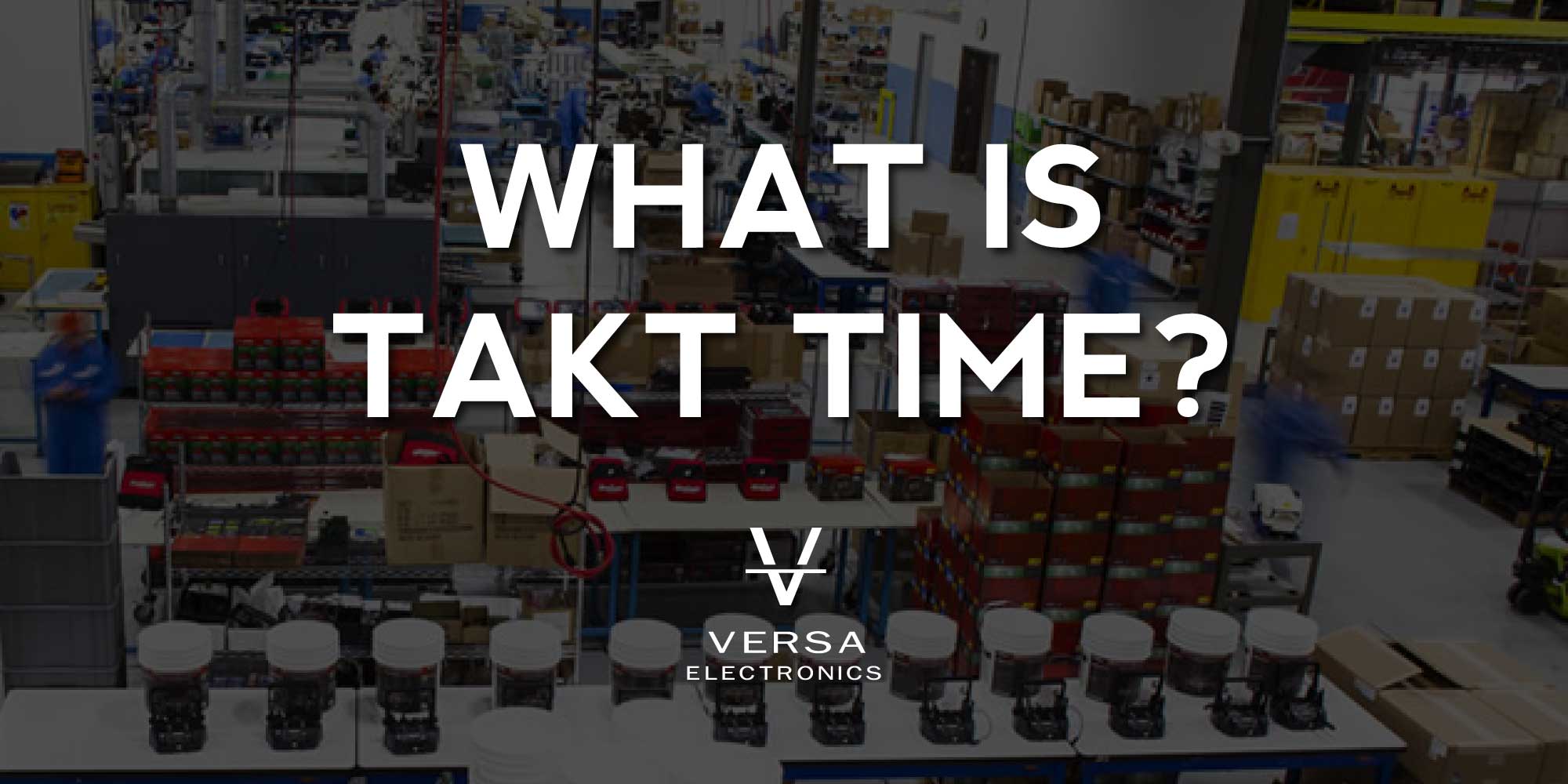Long lead times and infrequent deliveries – these are not characteristics you want to be associated with your production lines. You need to optimize resources, workflow processes, and the time necessary to complete a project in production. Takt time can be the secret you need to optimize your production processes and create a just-in-time production system.
What is Takt Time?
Takt time is the speed at which you need to finish a product to meet customer expectations. For instance, if you receive a new product order every 3 hours, then you need to finish unit production in three hours or less. It is an essential tool in production as it ensures the continuous flow of work processes efficiently.
Takt is borrowed from the German word taktzeit, which is used to describe the rhythm of music. In German, Takt can also refer to the baton an orchestra conductor uses to regulate tempo. Going by these definitions, takt, in manufacturing, can be described as the beat or pulse of workflow processes.
Takt time was first used as a production management tool by the German Aviation industry in the 1930s. It was determined to be the rate at which an aircraft component would move to the next step in production. The principle was then adopted by Toyota in the 1960s and significantly contributed to Toyota’s rise to one of the largest motor vehicle manufacturers in the world. Takt time has since become a universal term in manufacturing.
How to Define and Implement Takt Time
Understanding takt time brings lean practitioners one step closer to improving the efficiency of their production processes.

Let’s say a component is produced one unit at a time at a constant rate. The takt time can be defined as the amount of time needed between two consecutive production runs in order to meet customer demand. Takt time also takes break times and any expected stoppage times, such as scheduled maintenance, into consideration.
Defining takt time is an integral part of optimizing your production capacity. It can be used to add a buffer to address equipment breakdowns, fluctuations, and other unexpected situations that can affect production time.
Takt time is commonly implanted in production lines that move a product along a line of different build stations. It can be applied in several industries other than manufacturing, including administration and construction management.
Why is Takt Time Important?
As a production concept, takt time is more than a metric of time. It represents a whole different way of thinking in manufacturing. Takt time ensures that you timely deliver the right product in the correct quantity to the right customer. Implementing takt time in your production processes creates a constant workflow capacity.
There are two main ways takt time can help you reap the benefits of optimized production processes:
- Increased Efficiency – Takt time is very easy to measure and can be used to monitor the performance of your build stations. It can help you balance the work content in every build stage and balance your production stages for improved efficiency.
If something is out of line, it’s easy to determine the point at which production is proceeding faster or slower than planned.
- Visibility – Takt time gives you increased visibility into every production stage and the build process. By implementing takt time, it’s possible to evaluate production against a standard measure. Therefore, any production points operating below the standard can be easily identified.
The principles of lean production focus on cutting out waste while maintaining high production quality. Typically, lean principles are implemented to cut costs by making manufacturing firms more efficient and responsive to market needs simultaneously. Lean production strives to deliver quality products on time and using as few resources as possible.
Takt time helps you determine your production capacity and reduce waste along production lines making it a vital part of lean production processes. Takt time can be used to set the pace of production and alert management whenever production is proceeding slower or faster than average. It gives you a holistic understanding of your service delivery process and can help eliminate deficiencies.
Put simply, takt time is one of the most crucial production metrics as it can help you:
- Optimize your production capacity to meet demand
- Establish a continuous flow of work by eliminating inefficiencies in the system
- Reduce storage costs by avoiding overproduction
Final Thoughts
Are you striving for the lean production model of “sell one, make one?” Then, you should start by determining your takt time. Becoming a lean enterprise takes tremendous effort as it requires workplace processes to be streamlined to a fault.
Implementing takt time into workflow processes can help production line operatives move one step closer to improving overall efficiency. Takt time helps you determine customer demand so you can meet customer needs. It ensures availability and increases the efficiency of your system.





